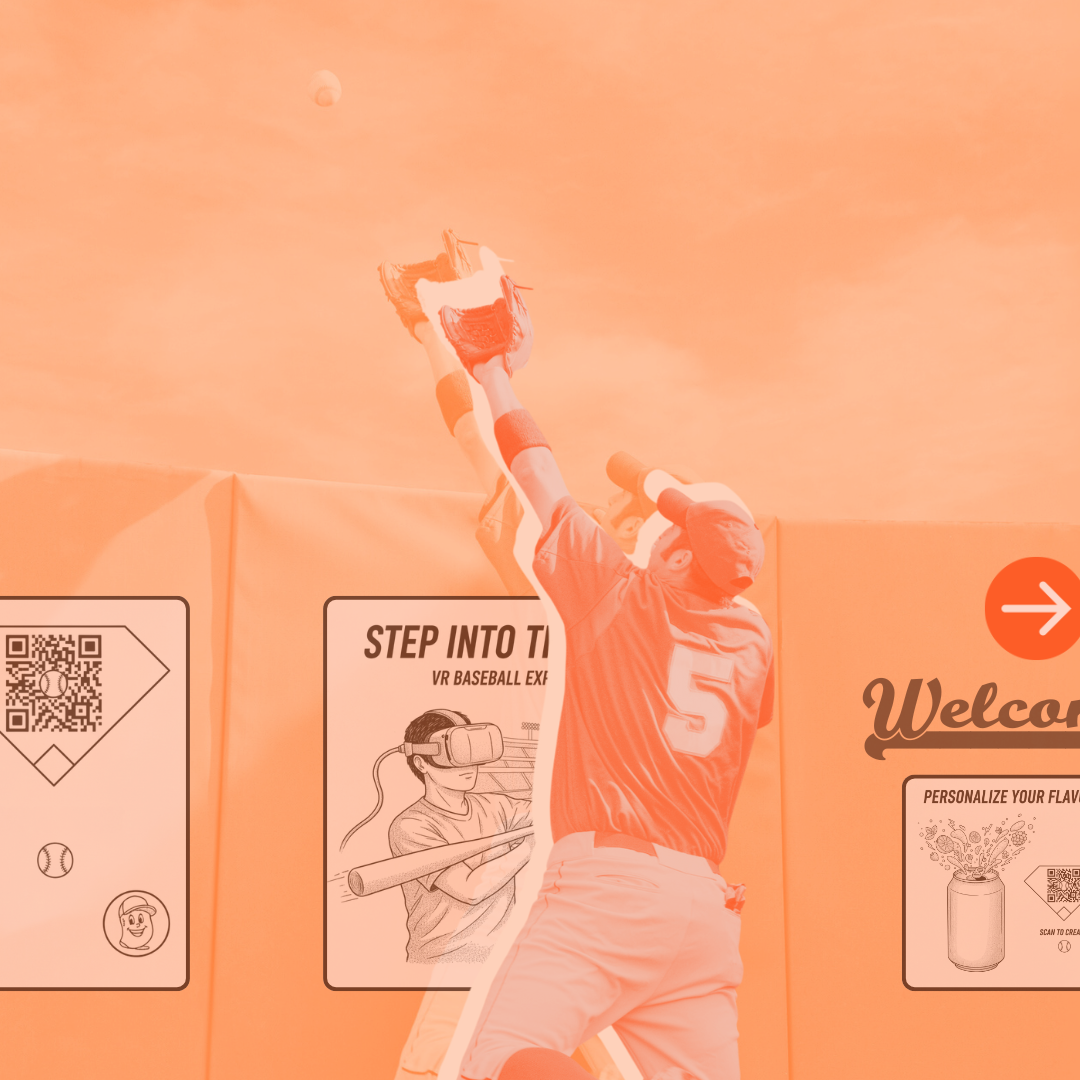Digital Trends are Reshaping Sports Content And Advertising for Modern Fans

In the 1970s, my mother and her sister knew exactly where to position the family radio set in their living room in Fort Benning, Georgia, to pick up the AM radio signal all the way from Pittsburgh to follow the Pirates games at Three Rivers Stadium. They would miss a few innings if the weather was bad. If their father walked by and bumped the antenna, it could take a few outs to get it set right again. And day games made it more difficult because the AM signal travels more easily when the sun is down. But for those two young Pirates fans, it’s what they had.
Last night, I watched the Los Angeles Dodgers beat the San Francisco Giants live on my iPhone while commuting back to my apartment on the DC Metro.
So times have changed.
With immediate and constant access to their sports worlds, fans today crave deeper engagement, greater control, and a more personalized journey. And with the evolution of key digital trends that are shaking up the world of sports content, so too are the ways marketers are able to engage fans.
The Rise of the Immersive Experience
One of the most exciting trends is the push for truly immersive fan experiences. It’s no longer enough to just see the game; fans want to feel like they’re a part of it. Another global sport gaining seemingly endless momentum in immersive audiences is Formula 1. Years ago, knowing what happened in the Grand Prix meant either being there in person or reading about it the next morning in a newspaper. Now, a die-hard fan could religiously watch every session, no matter where it is in the world, from the comfort of their sofa at home.
This craving for immersion is on a tear. Recent surveys show that 70% of Gen Z fans engage with F1 content daily. This explosion in popularity is a clear signal that fans want to connect with the human element of the sport, and F1 has recognized that fans want to get closer to the action and has responded by producing “always-on” channels to feed the voracious appetite for content, even when there can be weeks between races.
Streaming Dominance
Based on recent data from Axios in their Annual Media Trends Report, sports are now a major driver of media consumption, especially as audiences shift from traditional television to streaming. The value of sports media rights has surged, with total US TV and streaming sports media rights projected to reach nearly $30 billion in 2025, doubling in the past decade. The NFL, in particular, has secured lucrative deals with streaming services like YouTube ($2 billion/year for Sunday Ticket), Amazon Prime Video ($1 billion/year for Thursday Night Football), and even Netflix ($150 million/year for two Christmas Day games).
This shift is a key factor in whether the traditional pay-TV bundle completely collapses, as sports viewers are the main segment holding onto cable subscriptions. However, streaming is becoming the dominant way to watch, with streaming services now accounting for almost half of all US TV consumption, while cable and broadcast are in decline.
These shifts aren’t just changing how fans consume content; they are completely rewriting the rules of sports marketing. Advertisers are also following the audience to connected TV (CTV), which is expected to surpass traditional TV in viewing minutes in 2025. While CTV ad volume is increasing, the cost per thousand impressions (CPMs) is lower than traditional TV.
How Marketers Are Adapting
As audiences move from traditional television to diverse digital platforms, advertisers are following suit, seeking new and more effective ways to engage with fans. This isn’t just about placing ads in new places; it’s about fundamentally rethinking how brands connect with sports audiences.
For brands looking to tap into this momentum, the key is to be as dynamic and personalized as the content itself. You can leverage the goldmine of data available on streaming platforms to serve highly targeted ads based on viewer habits, location, and preferences. Instead of just running traditional commercials, consider becoming part of the content. Brands are already capitalizing on integrated partnerships like Amazon’s “F1® Insights powered by AWS” or Google’s “Statcast” with the MLB. These sponsorships are more than just logos; they embed your brand directly into the fan experience, creating a direct tie to the capabilities of the tool, service, or good you’re presenting to fans with your ad.
Microsoft has its own partnership with the NBA that leverages the Microsoft Azure cloud platform to revolutionize the fan experience and game analysis. Microsoft hosts the league’s vast data and video archives on Azure, enabling the creation of advanced analytical tools like NBA CourtOptix.
Across the sports industry, IBM is using AI to generate real-time insights, improve fan experiences, and finetune sports leagues’ operations. You may have see IBM insights on your screens this summer during Wimbledon and the U.S. Open, both of whom partnered with IBM for AI-generated match insights, real-time match analysis, and advanced analytics. Through partnerships with ESPN Fantasy Football and Scuderia Ferrari HP (F1), IBM is using AI, including their watsonx technology, to improve fan experiences — from generating fantasy insights to visualizing F1 races in the Scuderia Ferrari app.
Brands are using interactive ads that allow viewers to take immediate action, like using QR codes on screen that take fans directly to a landing page, shortening the conversion funnel. For even greater depth in targeting, there’s dynamic advertising insertion in live broadcasts, which allows for ads to be digitally overlaid onto physical spaces in real time. This capability means a viewer in New York could see an ad for a co-working space in Brooklyn on the virtual outfield wall, while a viewer in Los Angeles watching the same game sees an ad for a different business, all seamlessly integrated into the live feed.
The most successful campaigns will be the ones that understand that today’s fans are a diverse and digitally savvy audience who are aware when the content they’re being served got there accidentally. A one-size-fits-all approach no longer works. Tailored campaigns matter more than ever to make advertising feel more integrated and more personal.
Where We’re Headed
The sports content market is a dynamic and exciting space. As technology continues to advance, we can expect even more innovative ways for fans to connect with their favorite teams and athletes. From hyper-personalized experiences driven by AI to even more immersive AR/VR applications, the future of sports content promises to be as thrilling and unpredictable as the games themselves.
Ultimately, these trends show that the future of sports marketing lies in precision. It used to be all about the right message at the right moment. Today, the brands that truly want to capture attention will understand that it’s about the personal message at the personal moment.

Nick Totin | AVP, Digital
Nick Totin is a digital communications and advertising professional with more than ten years of experience leading companies and organizations to new digital heights. At Precision, Nick centers the ever-changing digital landscape for clients to manage digital programs that include social media strategy, email program development, and website content for GE Aerospace and GE Vernova, America 250, and ACLU among other political and advocacy clients. Prior to joining Precision, Nick led digital teams on political campaigns and advocacy non-profits as well as serving in the City of Dallas office of legislative affairs.